Dumbo's Historic Belgian-Block Streets Will Not Survive Feds Unscathed: Report
A report from Historic Districts Council recommends selective alterations to make streets accessible while also preserving as much of them as possible.

Curb at Water and Jay streets. Photo by Susan De Vries
Dumbo’s landmarked Belgian-block streets are incompatible with accessibility laws, a new report has found. Toward Accessible Historic Streetscapes, from preservation nonprofit Historic Districts Council, recommends selective alterations to make streets accessible while also preserving as much of them as possible.
Widely used in New York City in the 19th and early 20th century, Belgian block is a type of pavement made of tooled rectangular granite stones. They are distinct from cobblestones, an earlier pavement material in use until about 1860, which are naturally rounded.
In the mid-20th century, Manhattan had 140 miles of Belgian block streets; today about 15 miles still exist citywide, according to the report. In Brooklyn, they can be seen in Dumbo, Vinegar Hill and Red Hook, all formerly industrial areas, where Belgian block was common.
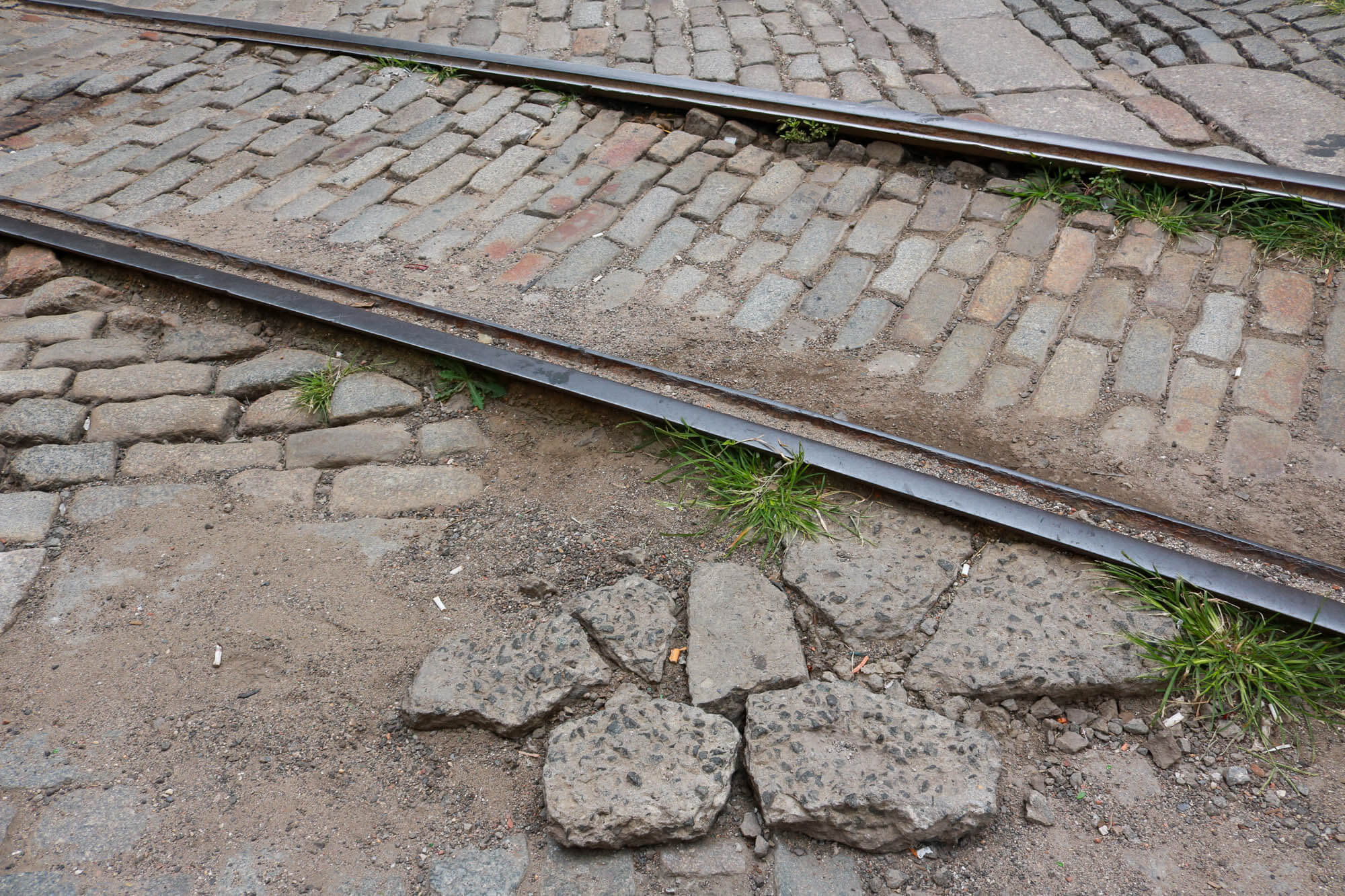
Simeon Bankoff, executive director of the HDC, said that the streets in Dumbo are an integral part of the neighborhood, going as far to point out that the Dumbo Historic District is the only one in New York City that has a street map as part of its designation on file. He said that the streets were in decent condition up until the 1990s, and when the Department of Transportation released recommendations to make the streets ADA compliant, he said that the HDC wanted to look deeper into the issue. (Bankoff was referring to the DOT’s Street Design Manual, updated in 2015.)
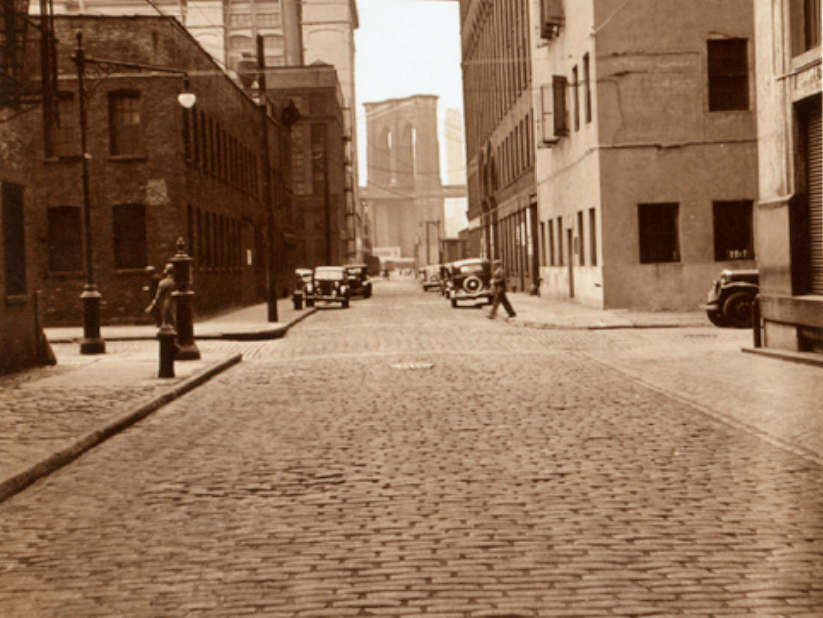
“We (the HDC) talked amongst ourselves and said it would be great if someone did a report and elucidated what the ADA requirements were and tried to determine what could be done to explain what ADA standards are in this situation. ADA standards vary pretty widely — from a point of study we wanted to figure out how to preserve historic materials and also find out what needs to be done,” said Bankoff.
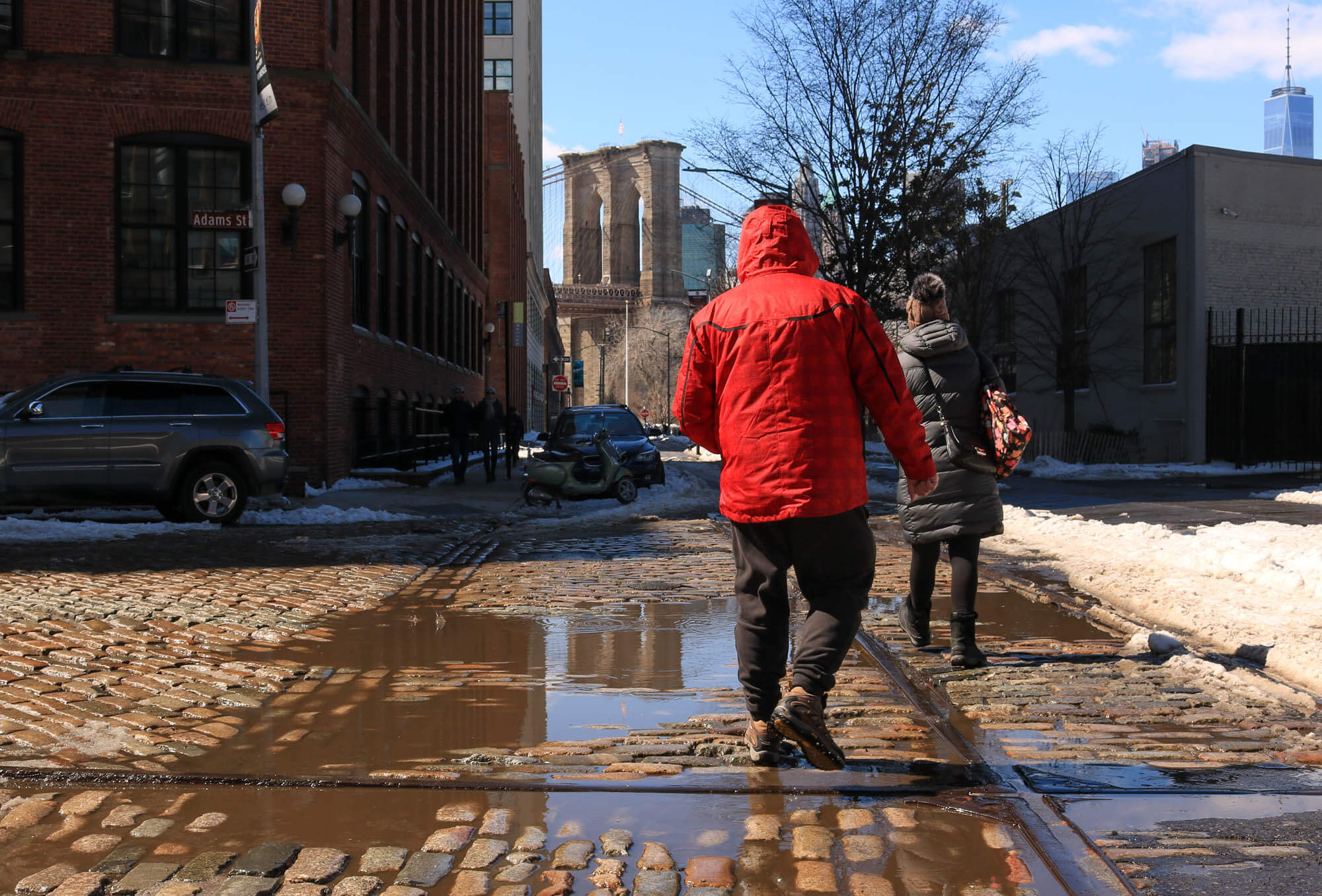
Bankoff also said that Dumbo’s popularity was a factor in the study.
“We’re hoping to bring this report to the DOT and the appropriate committees at City Council to say ‘Hey, this is what we should be doing as intelligent city planners as a historic city resource.’ The amount of money that the city makes from film crews that use those streets should be enough to do the right thing here,” said Bankoff.
Bankoff also mentioned that the use of granite pavers at crosswalks, which was done as part of the DOT’s refurbishing of the streets of Dumbo in the early 2010s, wouldn’t be out of character for historical accuracy — this method was also used in the late 19th century.
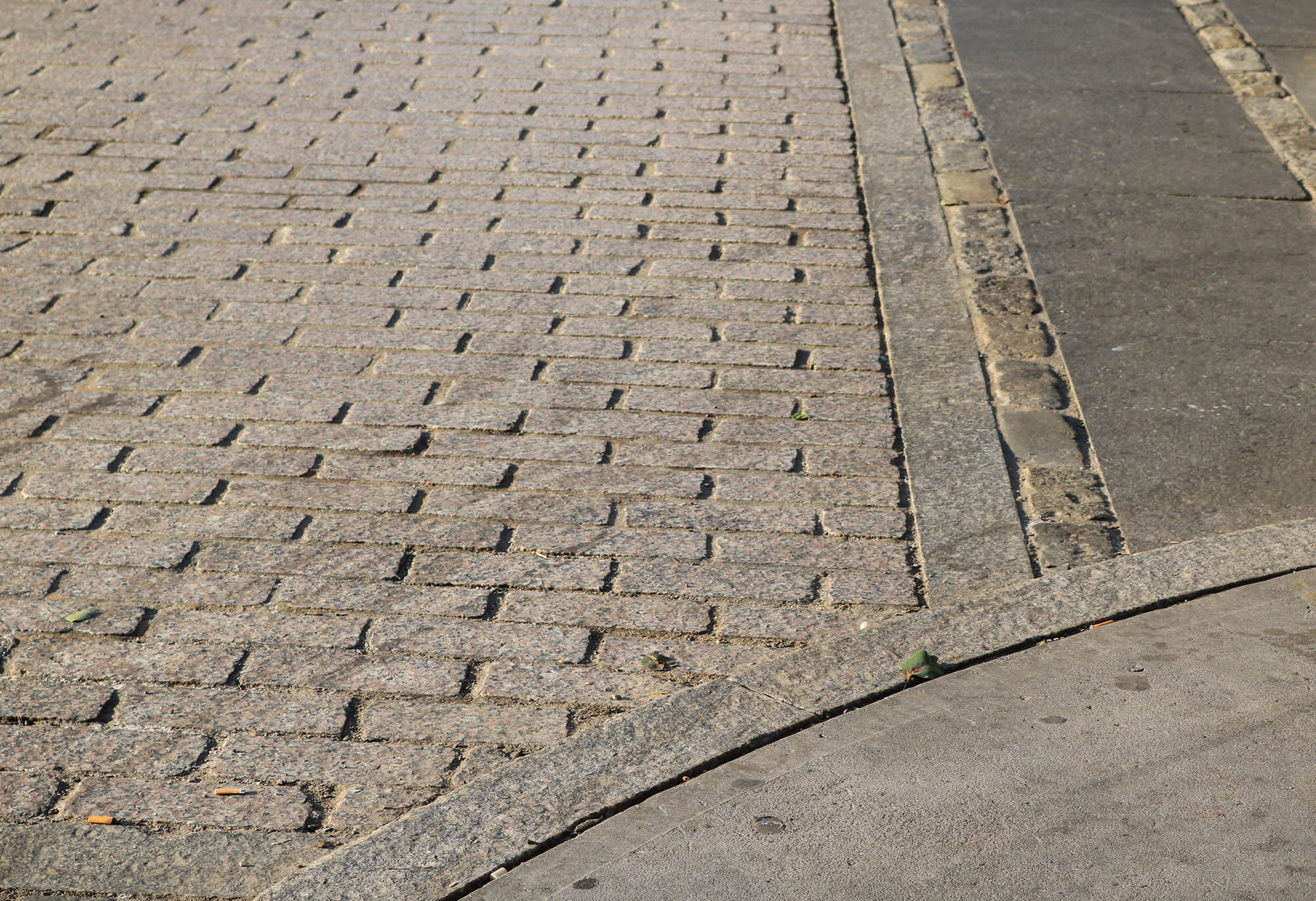
The DOT has been altering Belgian block streets in Dumbo and nearby Vinegar Hill since 2009, with mixed results. Phase 1, on Washington and Water streets, was criticized for unnecessarily replacing historic streets and using new pavers that did not match the historic ones. Phase 2 and Phase 3 of the project, which includes restoring some streets and sewer upgrades, is scheduled to wrap in 2019.
The report, published earlier this month and first covered by Crain’s, concludes that Dumbo’s specific style of historic pavers, largely dating from the 1870s — as well as new pavers that match the old ones — are incompatible with ADA requirements.
The report recommends preserving existing historic Belgian-block streets whenever possible and restoring ones that have been covered by asphalt. For crosswalks, the study recommends following existing DOT guidelines to use large granite pavers separated by rows of small granite blocks, for which there is ample historic precedent, including in Dumbo.
In addition, the report recommends stricter enforcement of existing regulations and creating a comprehensive Dumbo Streetscape Preservation Plan.
“Asphalt could be anywhere, but whether it’s brick, granite, cobblestone, or wood block, an old pavement’s texture and scale, the stories it tells about who and where we are — all contribute powerfully to a city’s sense of place,” said the report.
[Photos by Susan De Vries]
Related Stories
- Over a Century of the Manhattan Bridge Seen From Dumbo (Photos)
- The Backfiring Acronym Meant to Deter Development: How Dumbo Got Its Name
- Murals Painted at Two Once-Forgotten, Now-Controversial Parks in Dumbo
Email tips@brownstoner.com with further comments, questions or tips. Follow Brownstoner on Twitter and Instagram, and like us on Facebook.


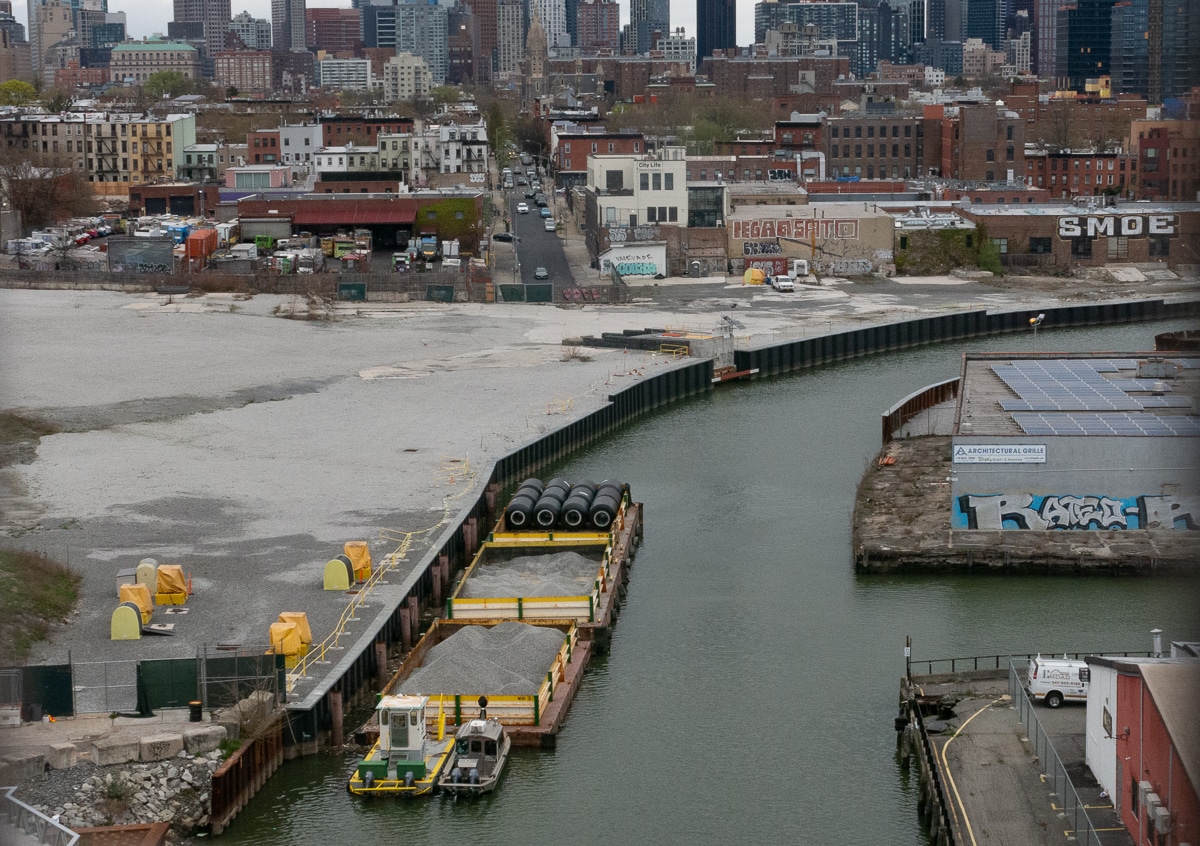

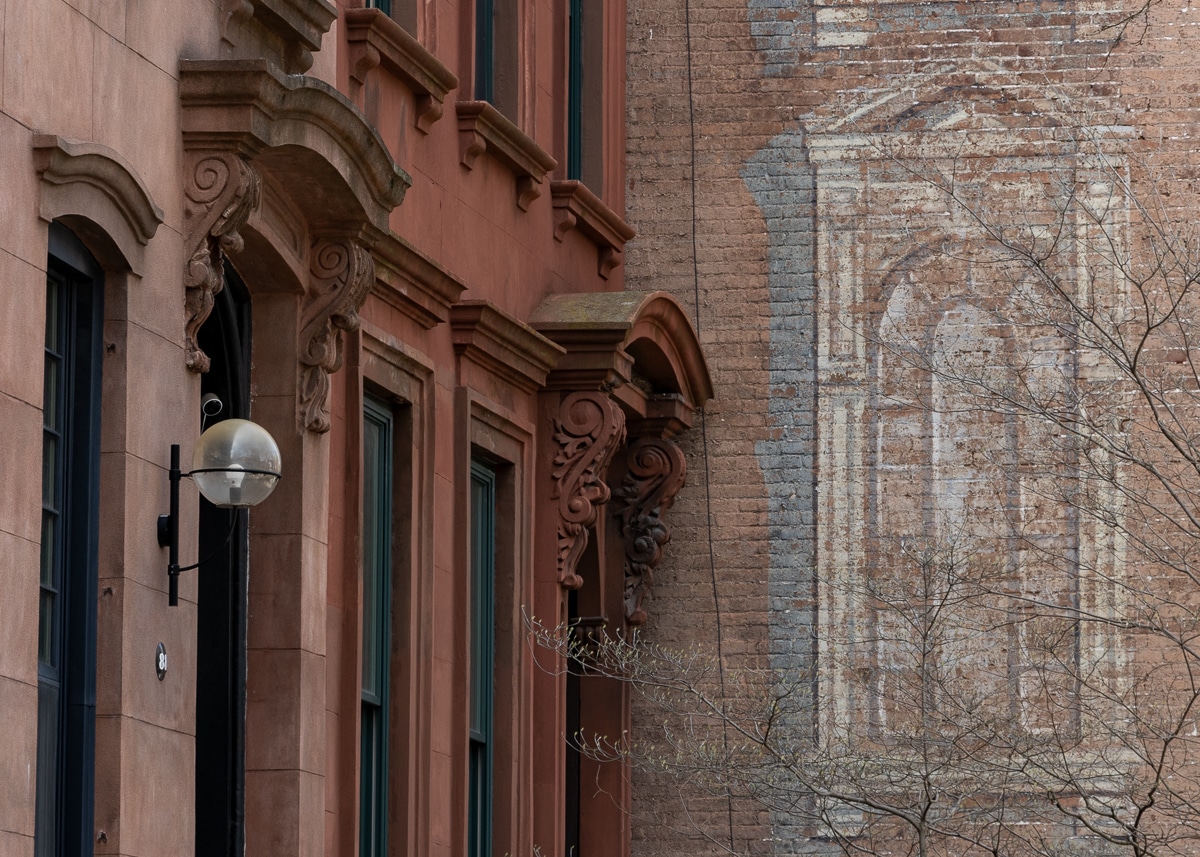

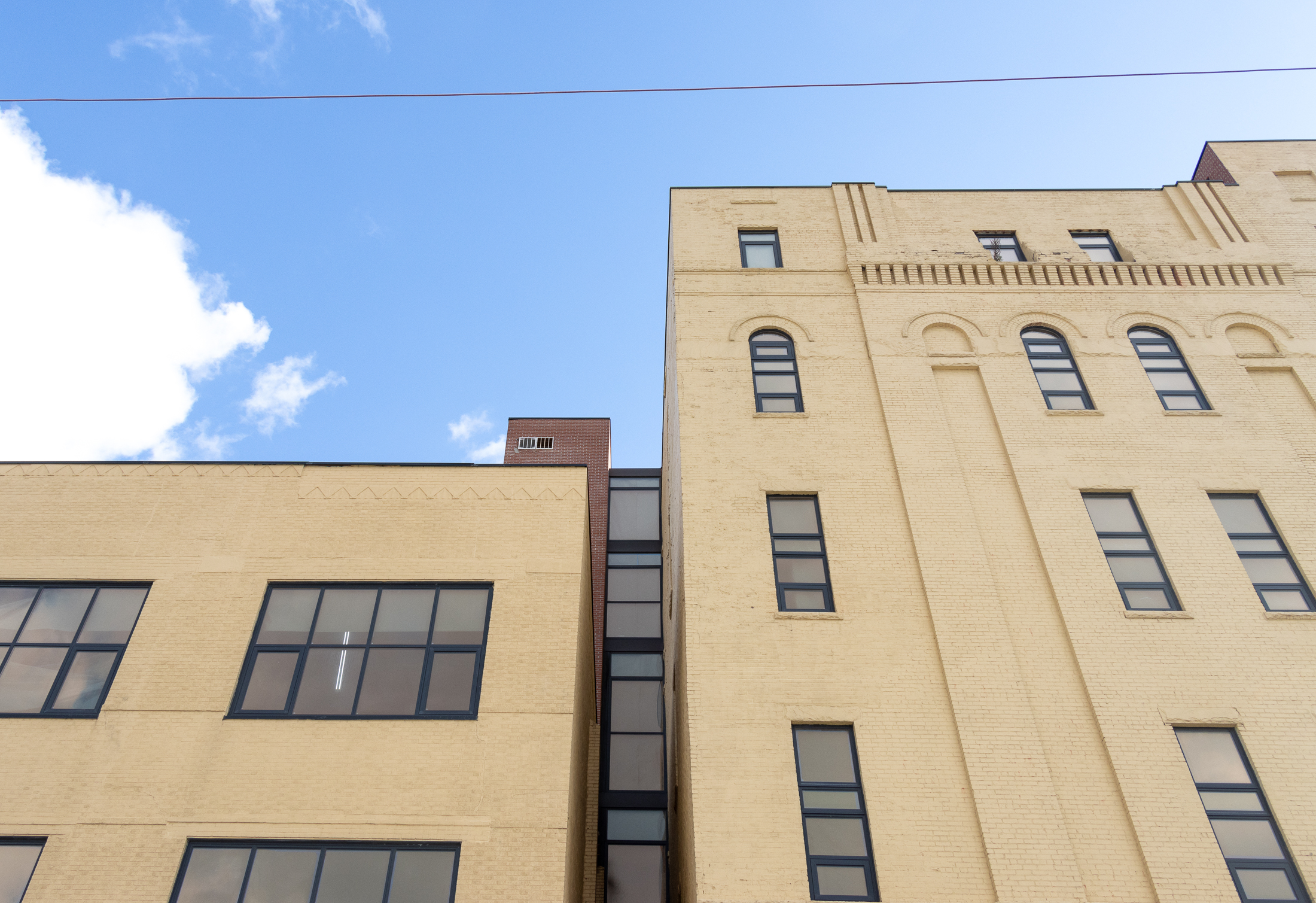


What's Your Take? Leave a Comment